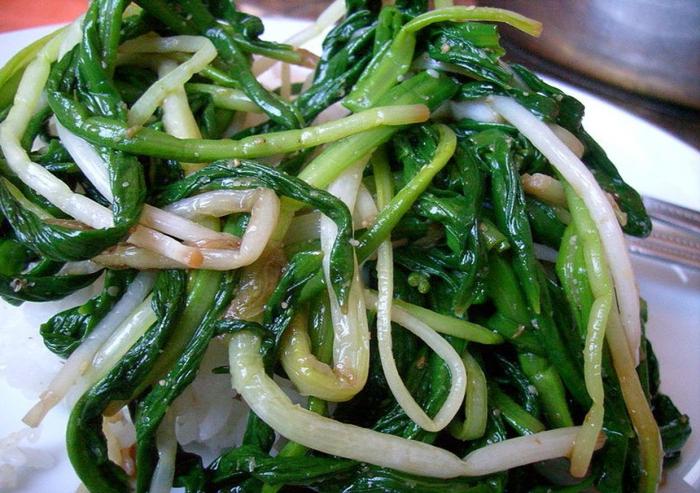Many people are wondering: “Ramson - what is it?” The answer is simple: this is edible greens, one of the oldest plants belonging to the Onion family. In common people, this plant is called bear onions, wild garlic, chanzels, levurda, wild onions, or kalba.
The appearance of the plant
And still, wild garlic - what kind of plant is it and what does it look like? It is an elongated bulb, the thickness of which is 1 cm. The ramson stalk has a three-sided, 15-50 cm high. The leaves of this onion are shorter than the stem, flat, slightly pointed, a little more than 3-4 centimeters wide. Blooming wild garlic begins in May and ends in June. Due to the general harvest, the wild leek plant is listed in the Red Book in Ukraine and Belarus, Latvia and Lithuania, as well as in Russia.
Wild leek growth places
The question of where wild leek grows cannot be answered unequivocally. After all, it is common in Central, Northern and Southern Europe, but also grows in Turkey and Ukraine, is widely represented in the Caucasus and Belarus. And even the French can boast that this amazing plant is found in their forests. Wild bear onions are quite unpretentious, so the zone of its growth partially captures even the tundra. Prefers wild garlic to shady forests near rivers. And although wild garlic is grown today as a garden crop, many people prefer to harvest it in the forests. Frequent collection of plants leads to the depletion of natural resources.
Precautions for use
The ground part of wild garlic is similar to the leaves of poisonous plants, such as hellebore or lily of the valley, so during the collection some experience and some accuracy are required. Wild garlic to feed cattle is not recommended, since due to the substances contained in it, meat becomes unpleasant in taste, and milk completely changes its color to yellow.
The use of bear onions in food
You can use wild garlic in raw form or use it for cooking dishes. In cooking, stems, leaves and bulbs of the plant are used. The leaves of wild garlic are harvested in the spring before it blooms. Judging by the names, it is difficult to determine its taste. And by itself the question arises: "Wild garlic - what is it, onions or garlic?" Onion leaves taste more like garlic with a touch of green onion, but much more tender than garlic leaves. They contain a large amount of vitamin C. The collected foliage of the plant can be used as seasoning for various meat dishes. They put it in soups and gravy, add it to salads, and also make a filling for pies. Amazing taste of pickled wild garlic - here she is singularly the queen of the dish.
The healing properties of wild garlic

As a medicinal plant, it became known about him in the ancient world. In the past, wild garlic was called a miracle plant, and therefore, to the question of an ignorant person: "Wild garlic - what is it?" - it is quite possible to answer that this is a medicinal plant. Wild garlic was believed to cleanse the stomach and blood. Wild garlic is used for suppuration, worms, scurvy, intestinal infections, atherosclerosis. In ancient times, the Aesculapius advised adding wild garlic to food and water during epidemics of cholera and plague. Bear onions are extremely beneficial for the heart, it is able to lower blood pressure and block the formation of cholesterol plaques. Wild garlic should be taken with vitamin deficiency, hypertension, atherosclerosis and colds. And the plant is used as a kind of toothpaste, because it’s enough to chew a piece of wild garlic, as most microbes in the oral cavity will be destroyed by phytoncide substances that are released from the plant tissues of the miracle plant. Its juice and finely chopped leaves were used externally for various dermatological diseases, such as lichen and warts.